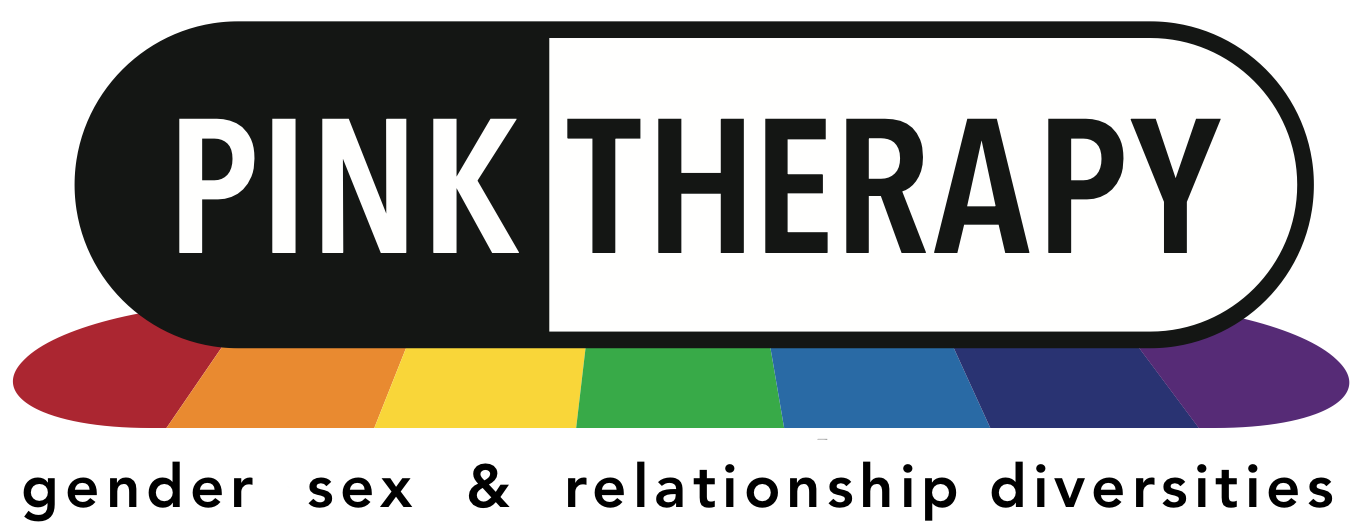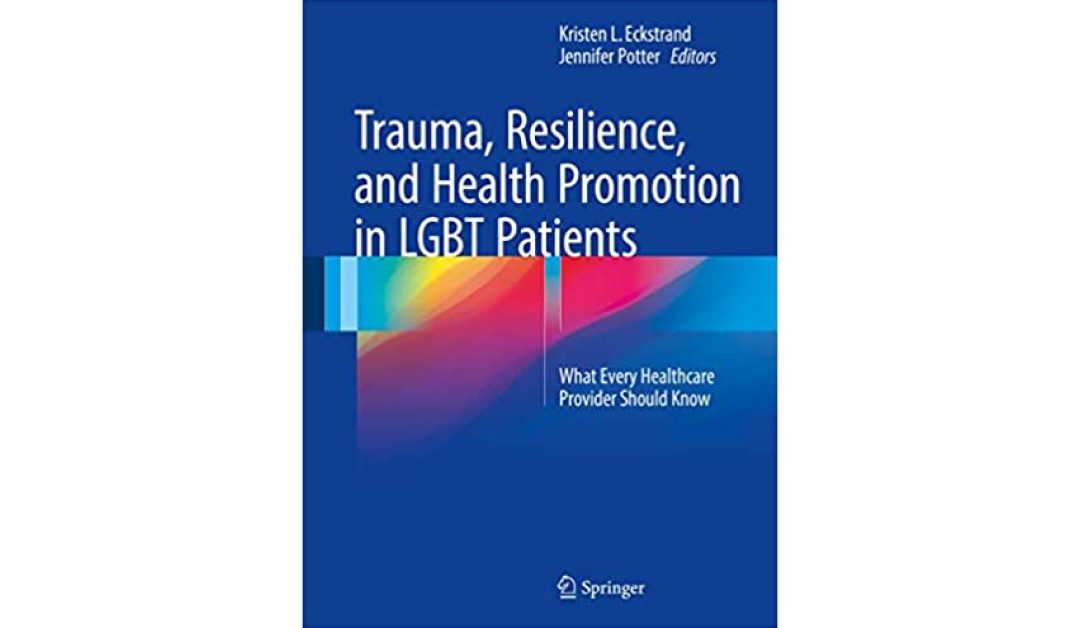Trauma, Resilience and Health Promotion in LGBT Patients promises us two things.
Firstly to educate those of us working in healthcare about the effect of identity-based adversity on the health of our LGBT patients.
Secondly, to outline how we as providers can use the clinical encounter to promote LGBT patients’ resilience in the face of adversity and thereby facilitate recovery.
The book’s first two sections provide one of the best overviews of trauma in LGBT populations and resilience across the lifespan I have yet to read. It is accessible, refers to recent research within the field, and brings forth the theory of minority stress and its connection to trauma, something well recognised for clinicians working with the LGBT population.
The chapter on resilience across the lifespan starts in childhood and adolescence, which is essential regardless of whether you work with this age group. All of our LGBT patients have once been LGBT children, subjected to minority stress while growing up in a, most likely, cishet family without any tools or support to handle the impact.
The last two sections of the book provide an insight into resilience in specific populations and resilience promotion in clinical practice.
All chapters throughout the book provide a case study at the end with discussion questions. They are making the book accessible to use for, e.g. teaching or supervision of clinicians. There is also a list of Summary Practice Points at the end of each chapter and plenty of references.
Overall I think the book is an excellent attempt to provide recent and relevant research within LGBT and trauma. Its suggestions for clinical use of this knowledge to recognise and treat trauma and build resilience in the LGBT population are needed for any healthcare provider.
Maria Kindstedt
Licensed Specialist Psychologist
Stockholm Sweden
Buy Trauma, Resilience, and Health Promotion in LGBT Patients from Springer here.

